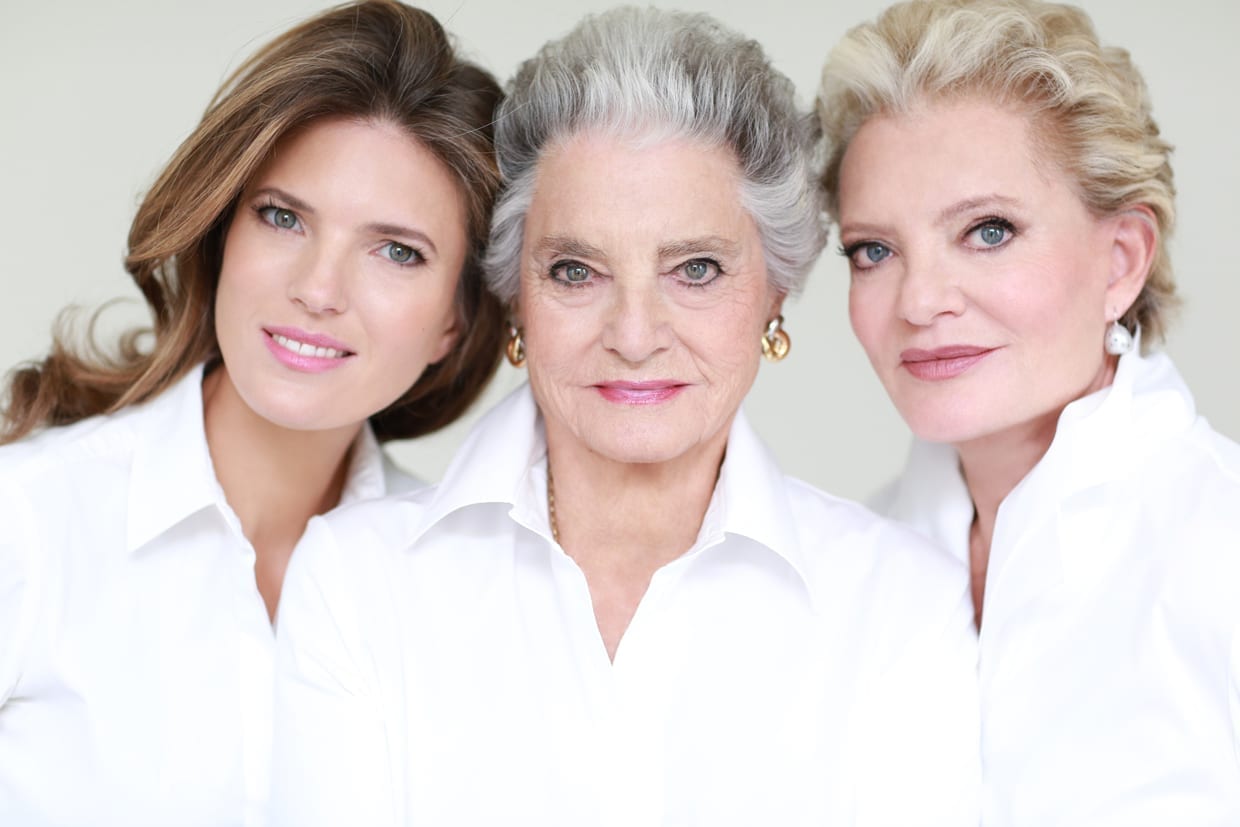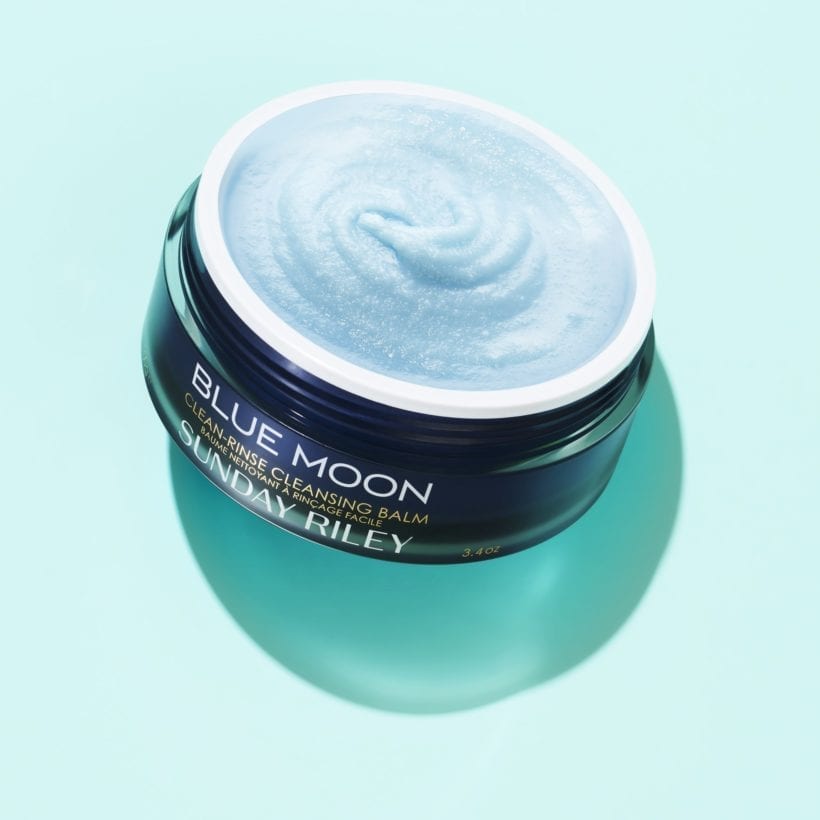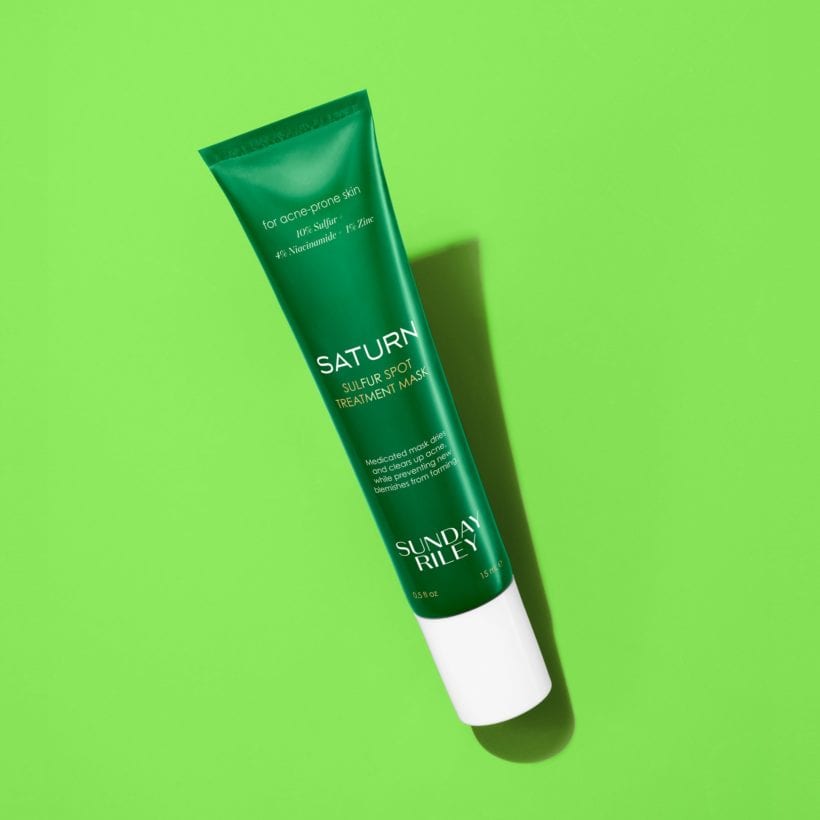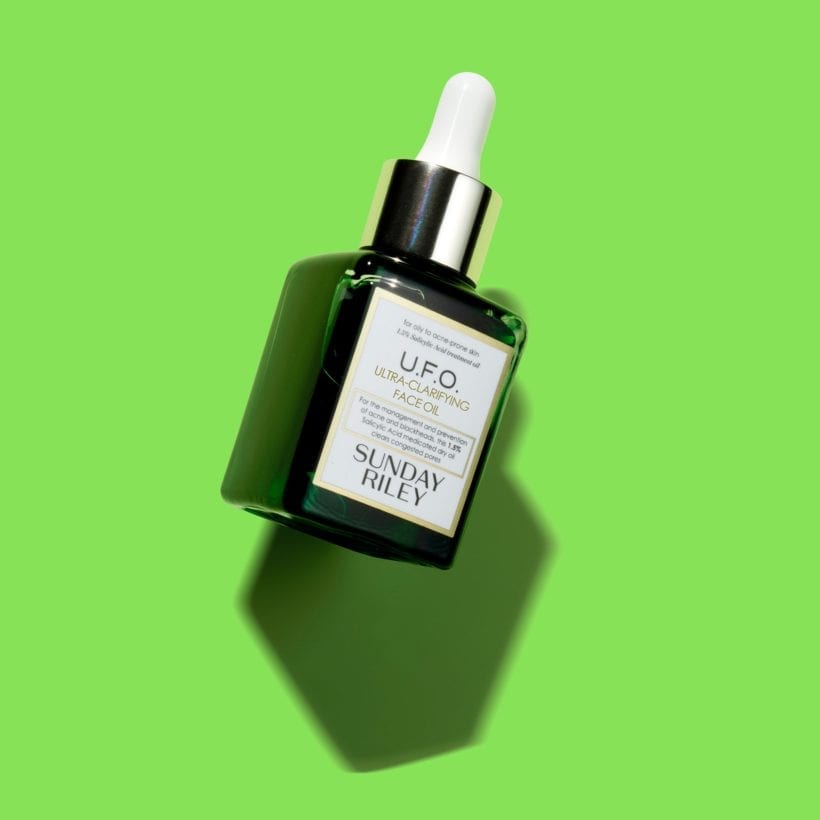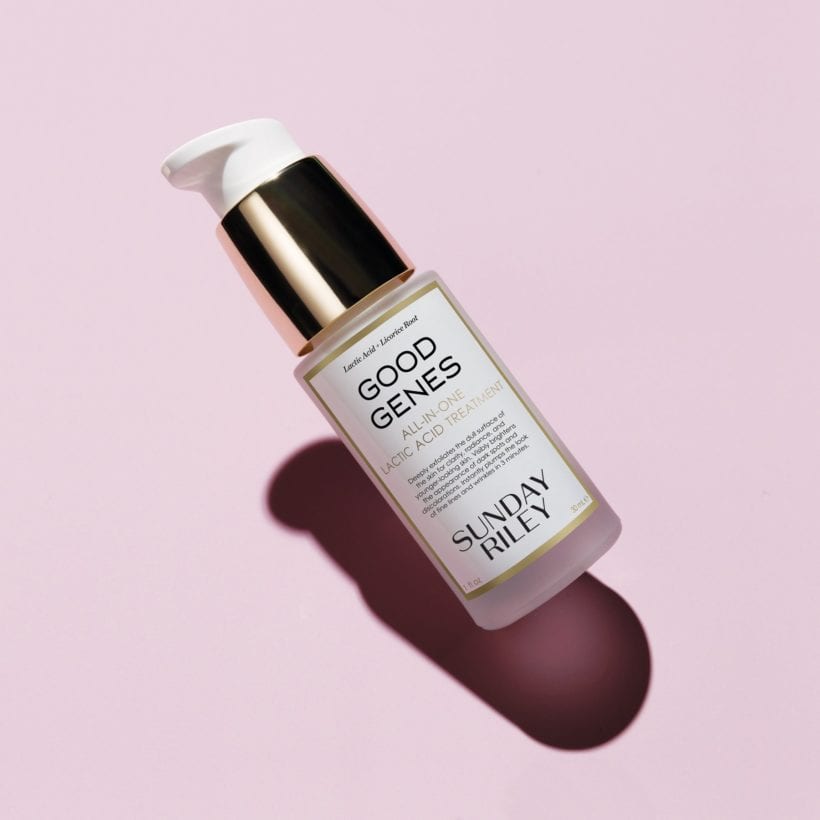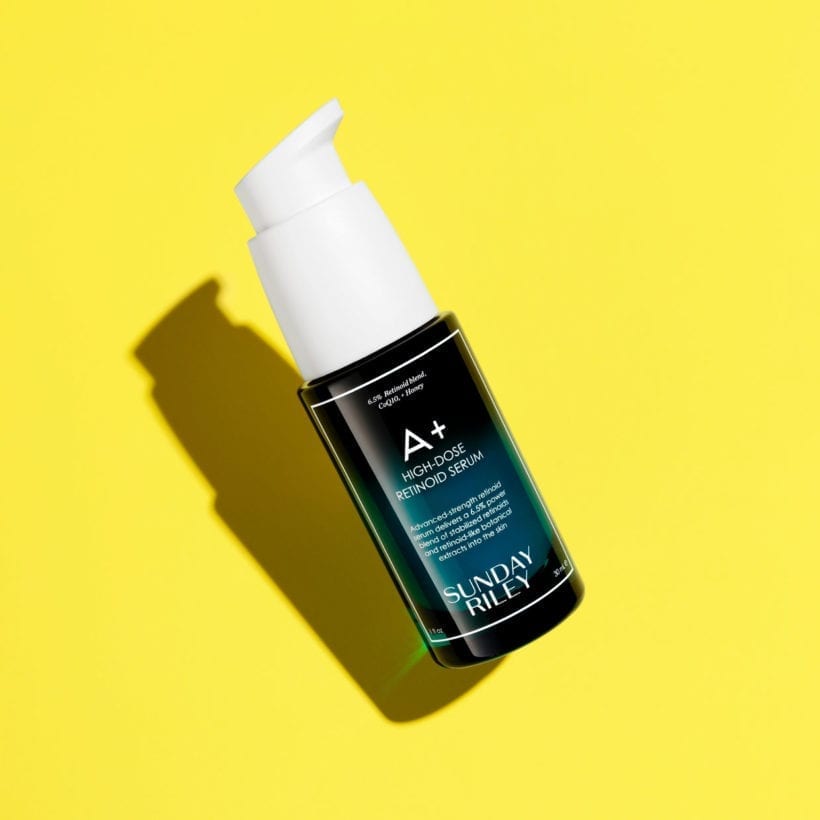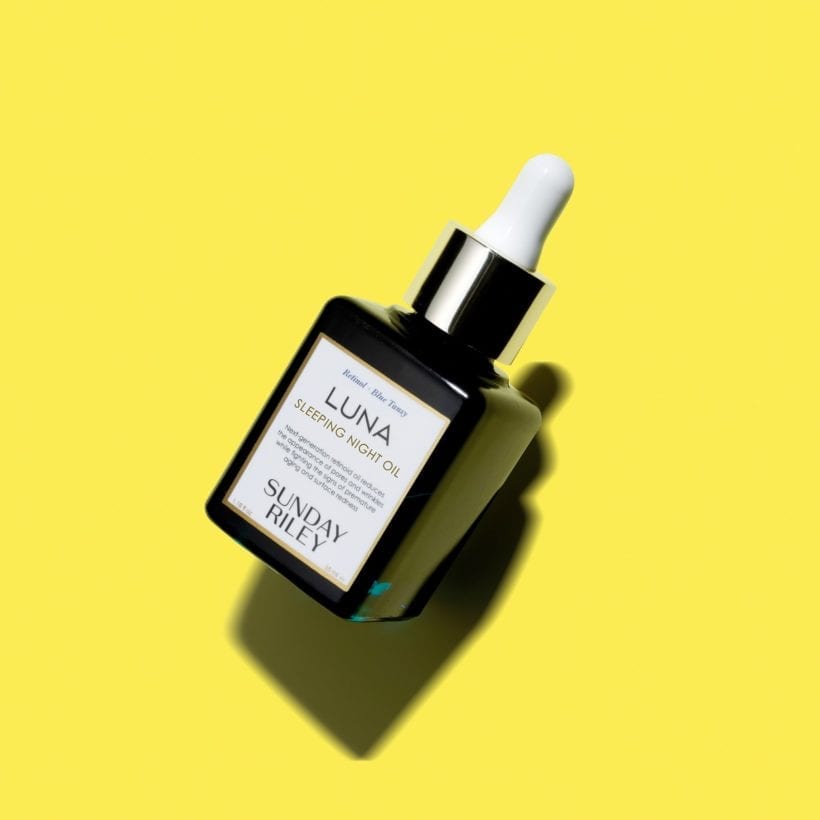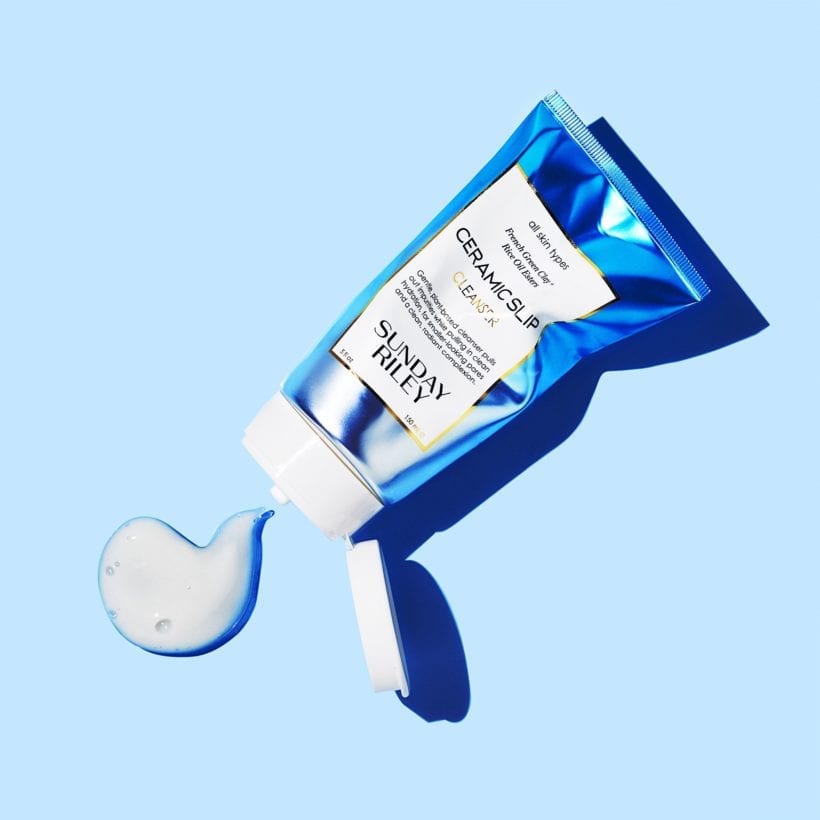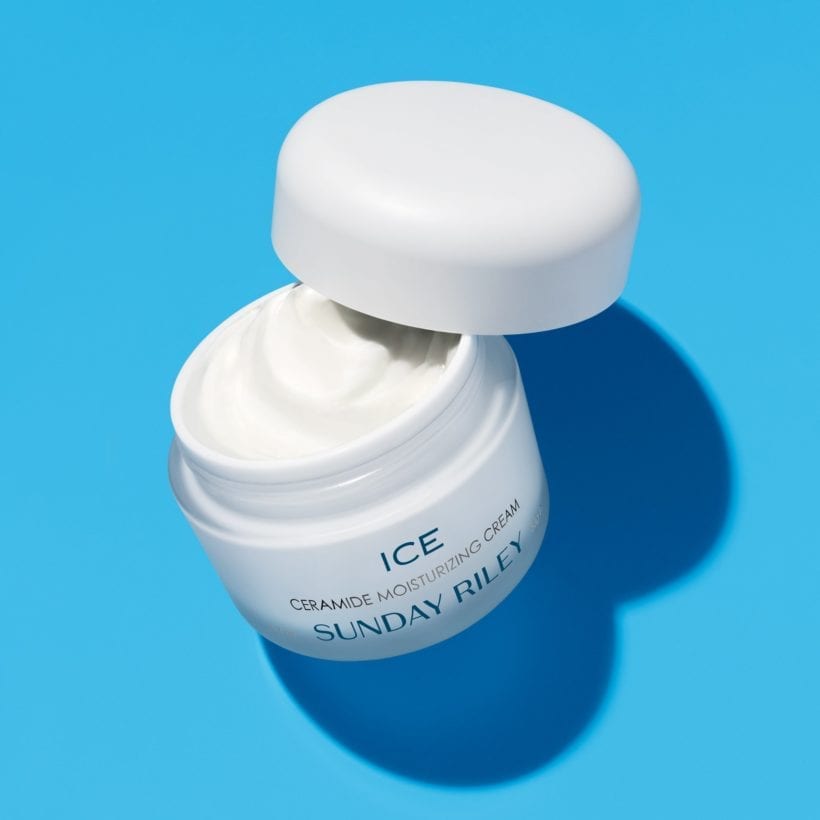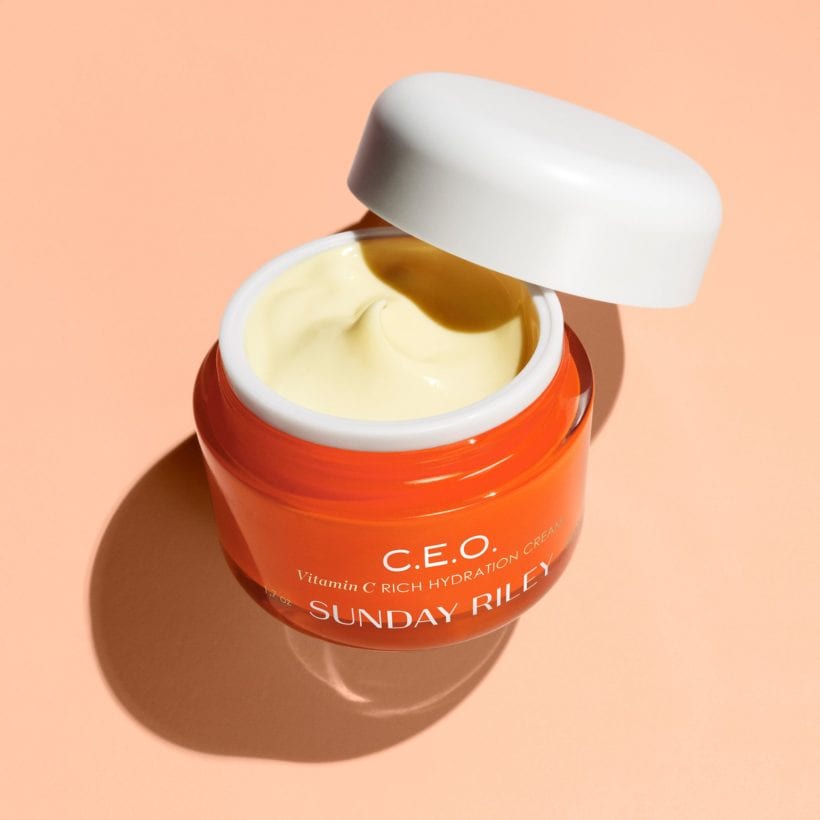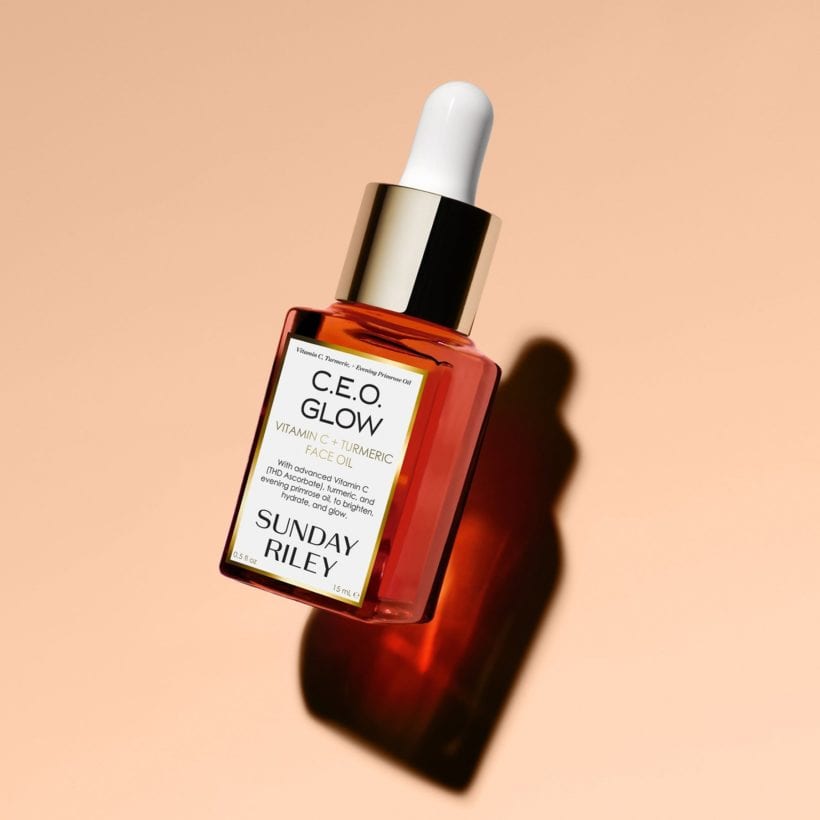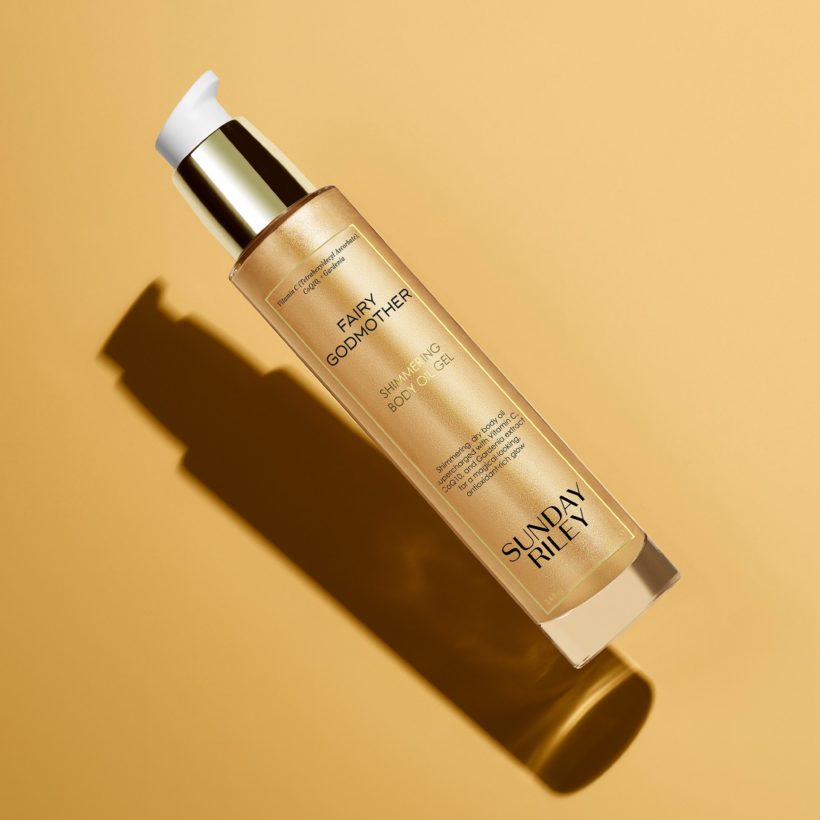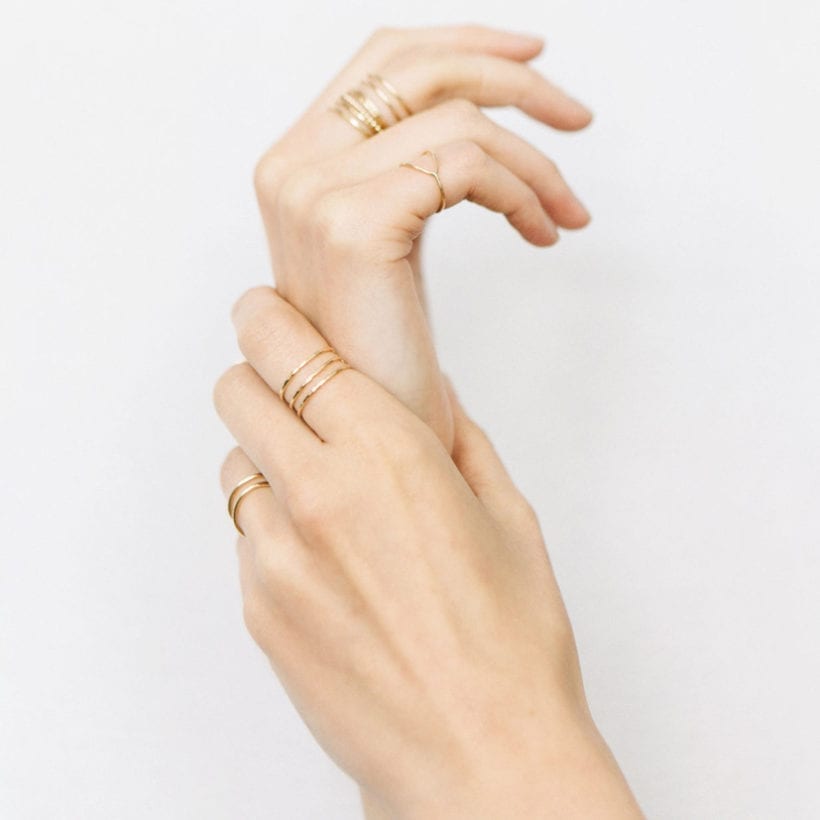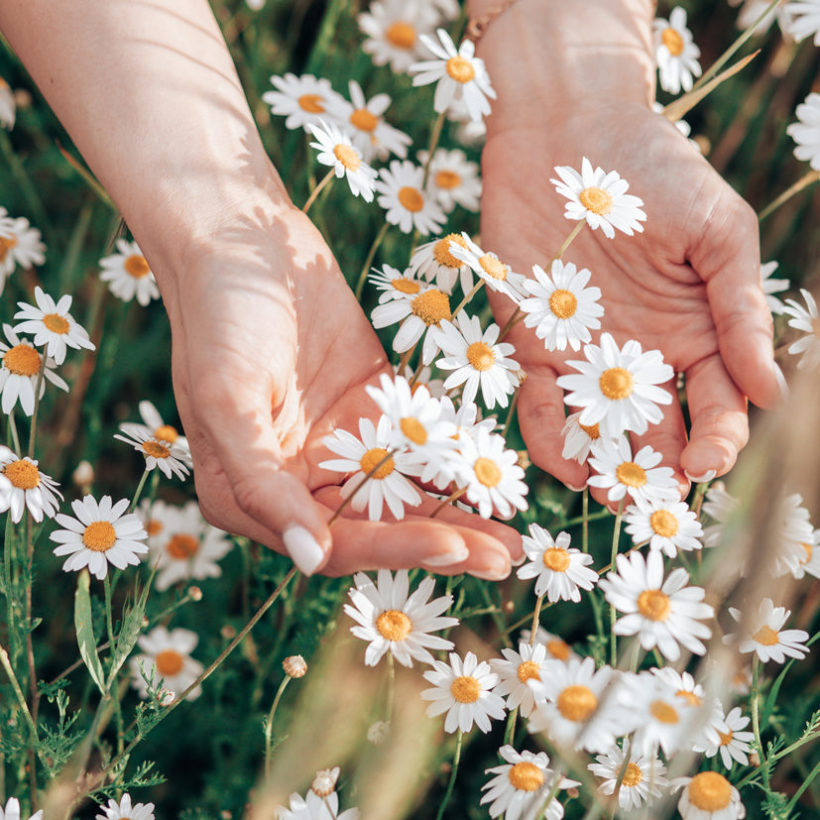Your skin changes as you get older, so it makes sense that the way you care for it will also change over time. The production of collagen and elastin decreases over time, making skin look thinner or less plump and more creased.
While someone in their 20s may be dealing with oily skin and seeking anti-acne products, someone in their 40s or 50s maybe notice dryness and other skin changes from menopause, so will need a heavier moisturizer with peptides and ceramides. Regardless, if you find a product you (and your skin) love, by all means, use it forever.
We spoke to Alicia Zalka, MD, board-certified dermatologist and founder of Surface Deep, about the best skin practices for each decade, from your 20s through your 60s and beyond. The common denominators for every decade? Moisturizer and daily SPF, every day.
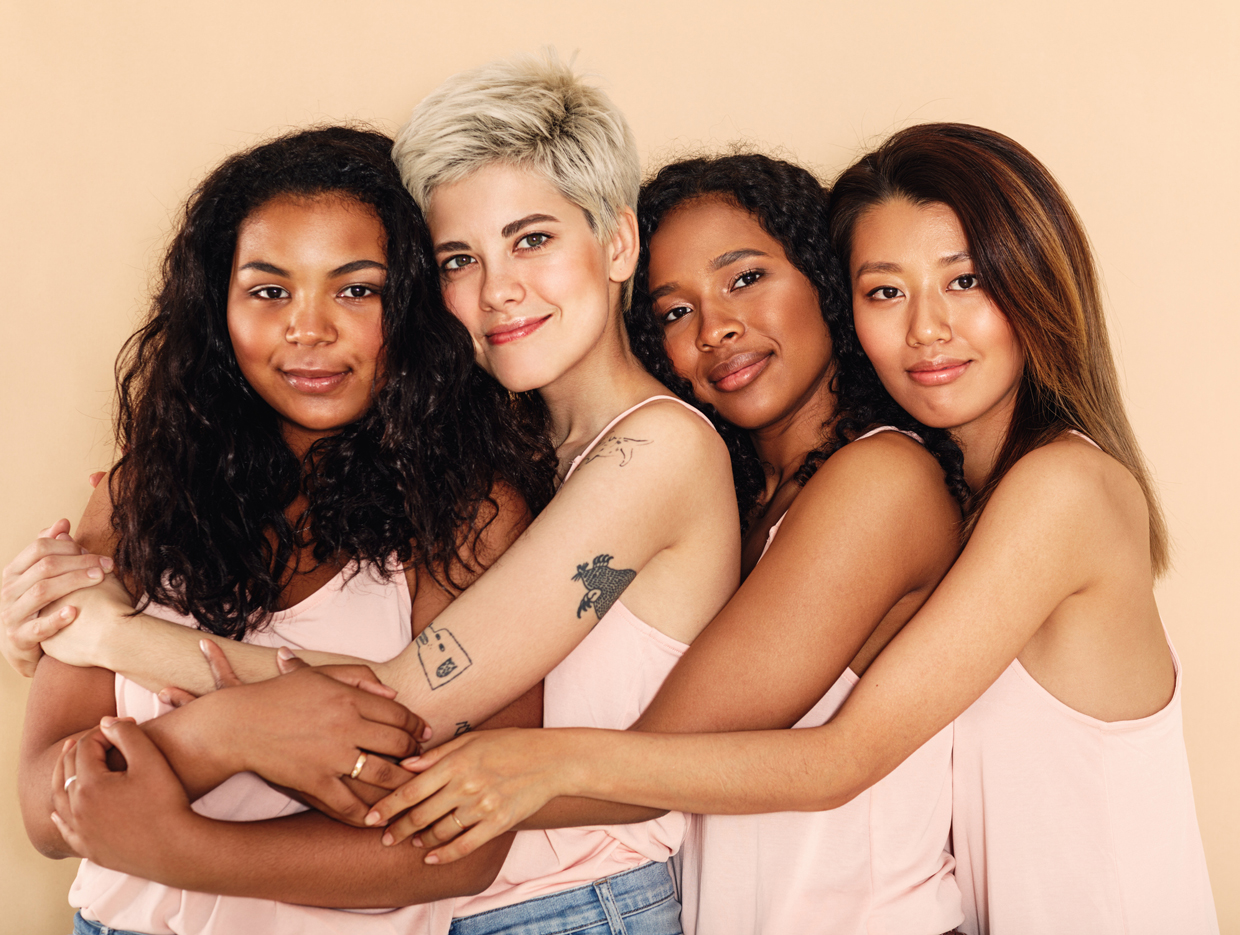
Skincare in Your 20s
Dr. Zalka says the theme of your 20s is to honor and defend the skin. “The 20s are all about embracing youthfulness yet acting responsibly. Protect your skin and treat it kindly.” One potential problem for this age group is that acne can still pop up occasionally, as can oily skin.
Below you’ll find Dr. Zalka’s advice for treating skin in your 20s.
- Use glycolic acid-based cleansers to keep pores at their cleanest and excess sebum oils at bay.
- If acne is an issue, spot treat blemishes with a salicylic or benzoyl peroxide product.
- Use a mild retinol type product to combat oily skin and blackheads.
- Do not underestimate how important it is to protect your skin now from too much UV. Be smart and get in the habit of making sun protection a daily ritual.
- Use a BB cream or tinted oil-free moisturizer.
- No matter how late you stay out at night, be sure to wash your face before going to bed.
- Try using a micellar water product or a hydrating balm to remove makeup, followed by a gentle gel cleanser for complete cleaning.
- Add a nighttime moisturizer to lock in rejuvenating elements while you sleep. Choose a moisturizer with ceramides that provide a barrier to keep moisture in the top layers of skin while not exacerbating acne or clogging pores.
- Use a body lotion with SPF for body care and avoid prolonged direct sunlight on your shoulders and chest by wearing protective clothing.

Skincare in Your 30s
Dr. Zalka says the 30s are the time to get serious about a skincare routine. Hopefully, you’ve had time to experiment with what your skin likes and doesn’t like, and you have a pretty good idea of which ingredients work for you.
“You have fewer breakouts, and you can be less worried about oily skin. In fact, in your mid-to-late thirties, the oils reduce and you may notice some dryness.” She notes that in the 30s, some women may notice pigmentary changes like dark spots. “For women who are childbearing, melasma, patches of darker skin pigment on the face, maybe a new and unwelcome beauty challenge to handle.”
If melasma or dark spots pop up, consider facials, masks, peels, and microdermabrasion. Get into a routine as you would with a fitness regimen and seek a professional to guide you,” Dr. Zalka says. It’s also key to be strict with SPF (yes, even when it’s cloudy), and if you haven’t already, consider adding retinol into your routine, which can help make fine lines less noticeable.
Read more of Dr. Zalka’s tips below.
- Use a silicone face scrubber with your favorite cleanser. This will gently exfoliate while stimulating circulation.
- Start using eye creams or serums. The delicate skin around the eyes is often the first to show signs of aging and sun damage.
- Add a weekly hydrating mask.
- Be aware that even your daily travel to work, doing errands and being busy with kids outdoors all mean sun exposure for your skin. Daily sun protection includes sunglasses (which prevent eye wrinkles) and sun cream; it means every day, not just when heading to the beach. Adhering to this now will mean younger-looking skin in the years to follow.
- For added moisture without added oils, incorporate a hyaluronic acid moisturizer daily. Hyaluronic acid in your 30s gives the skin needed hydration while also “plumping” the skin just a bit. Using these products could postpone the need for filler injections. Around the mid 30’s, we notice a loss of volume, but with regular application of hyaluronic moisturizer products, you can help stave off this tendency and keep skin resilient.
- Spider veins gradually appear and can be exacerbated during pregnancy. Did you know that compression tights can help prevent leg veins? Pay attention and jump on leg veins early. Ask your dermatologist or obstetrician what “steps” you can take to keep your legs looking and feeling their best during and after giving birth.
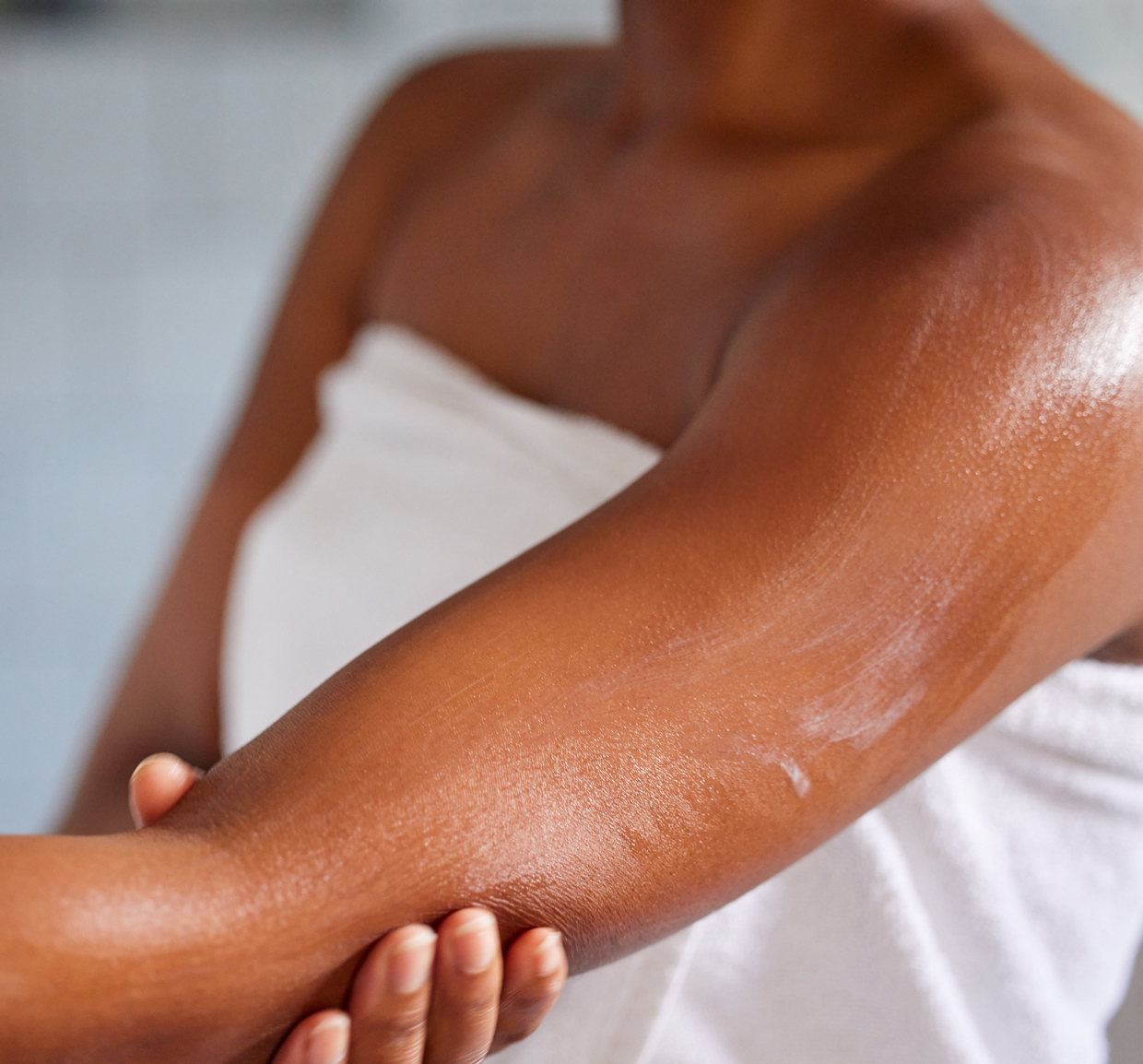
Skincare in Your 40s
“The 40s are a time to embrace all you have accomplished and all that is ahead,” Dr. Zalka says, adding that she sees the theme of this decade as vigilance and confidence in both yourself and your skin. ”You know yourself, and you know your skin. Take time to assess your best features and give them love. Be sure to keep nutrition on your list of beauty routine musts,” she says.
Generally, people in their 40s notice wrinkles, dryness, or uneven texture or skin tone. “This is the result of decades of exposure to sunlight, pollutants, and other abuses. Time to repair. Start to address spots and wrinkles with procedures like laser or micro-needling.”
Below, you’ll find Dr. Zalka’s tips for caring for your skin in your 40s.
- Retinol has been a beloved ingredient for decades, especially in the forties. The skin can benefit from its ability to speed up cell turnover and help diminish fine lines and sunspots.
- Again: Sun protection is a must every day. Tinted moisturizer with SPF is excellent.
- Incorporate a vitamin C and vitamin E (these are often combined) serum daily under your moisturizer. These aid in diminishing free radical cell damage.
- Add a niacinamide product to your daily routine. This will encourage skin moisture and may have the added benefit of thwarting [dark] spots.
- While not as well-studied (medical literature is not as robust as it is for ingredients like retinol), it is a good time to add a peptide-based product to your skincare regimen. These protein-building blocks have some promise in signaling collagen production. Collagen itself cannot penetrate the skin from the outside in (the molecule is too large); however, incorporating peptides into skincare may give your own collagen ‘machine’ a bit of a boost.
- Try laser treatments for dark spots including intense Pulse Light (IPL), Yag laser, and Fraxel.
- Do not forget your feet. Through the decades, toenails may get exposed to fungus, and heels get thicker and more rough. You can use the same cuticle cream you use on your fingers, on your toes. If you notice yellow or thickened nails, see a podiatrist or dermatologist for evaluation. For thick dry foot skin, consider peels for your heels. There are excellent foot masks that can exfoliate the bottoms of your feet and bring back the softness.

Skincare in Your 50s
Many people in their 50s notice skin that seems less plump and firm; it’s showing signs of volume loss and laxity. “It’s time to replenish and give back to your skin. The neck and hands will start to age at an accelerated rate,” Dr. Zalka says. In the late 40s and early 50s, many will experience menopause and the skin changes that come with the hormonal shifts. It’s important to keep skin hydrated, especially during this time of extreme dryness. Below are Dr. Zalka’s tips for caring for your skin in your 50s.
- Alternate cleansers: use an alpha hydroxy acid-based face wash two days a week and a gentle foaming or milky cleanser the rest of the week. This way, you will optimize skin cell turnover without creating irritation.
- Adopt the regular use of a dedicated neck cream daily. This can also help the décolleté skin.
- Be sure to address the hands and apply an ammonium lactate cream on the hands at night.
- Don’t forget about sun protection for the face, neck and hands [and anywhere exposed to the sun].
- Hyaluronic acid moisturizers can help give a touch more plumpness to the skin.
- Underarms are underappreciated when it comes to body care. To avoid razor bumps, ingrown hair, pigmentation changes and rashes, use underarm products, which can help prevent odor and act like a facial for your underarms.
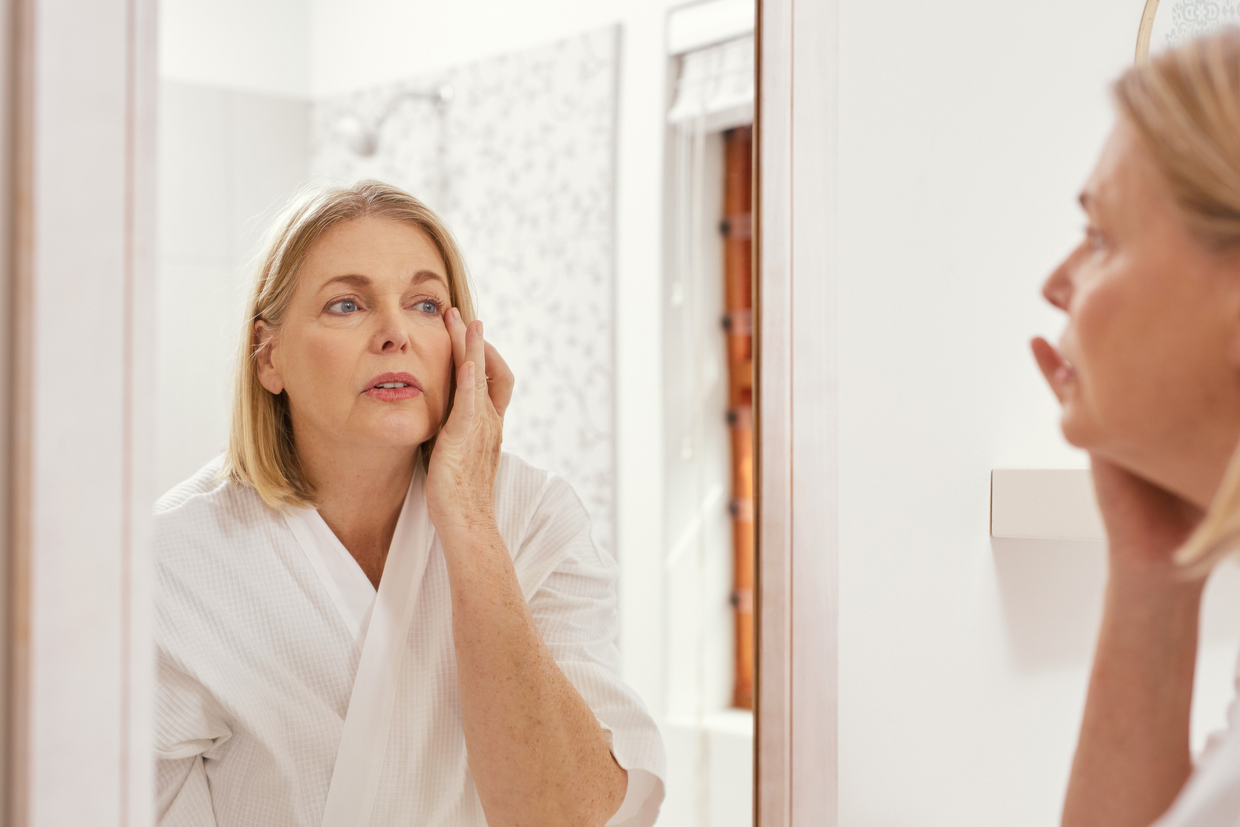
Skincare in Your 60s and Beyond
“In a woman’s 60s, hot flashes and the hormone rollercoaster typically wind down. Good news! But with this comes a thirst for hydration for the skin. We might have been more preoccupied with too much oil/moisture in younger decades. Now — can’t get enough,” Dr. Zalka says, adding that many in their 60s will experience crepey skin caused by a loss of elasticity.
- Cleanse with a pH-balanced cleanser and remove eye makeup delicately.
- Exfoliate for sure, but do so gently and only 1-2 times per month.
- Use facial oil before applying makeup to help the skin look dewy and hydrated.
- See your dermatologist at least every three months for advice on peels, lasers, or other procedures that will benefit your appearance and health.
- In this age group, precancerous and easy skin cancers have become commonplace. Get yourself checked.
- Consider plant-based estrogen products, aka phytoestrogens, such as soy isoflavones, to help with moisture, elasticity and preventing unwanted hair growth. Check with your doctor before using any products promising hormone supplementation, as these may carry risks for some individuals.
- Use a body lotion that contains alpha hydroxy acid to help fight overall skin dryness.
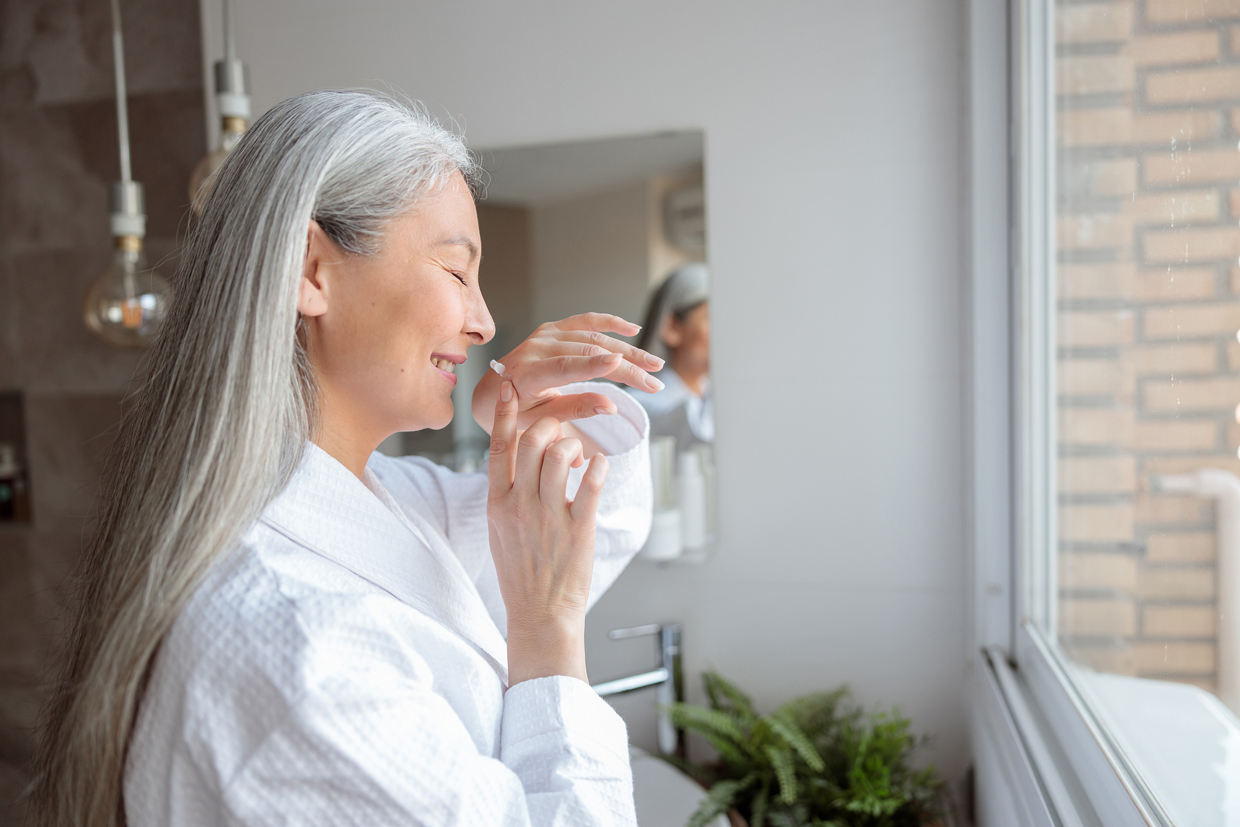
We only recommend products we have independently researched, tested, and loved. If you purchase a product found through our links, Sunday Edit may earn an affiliate commission.
